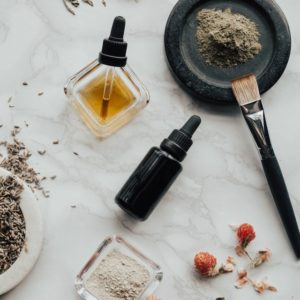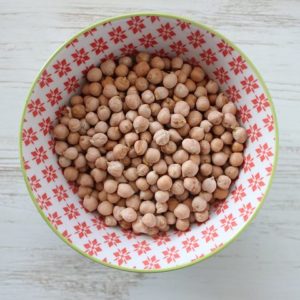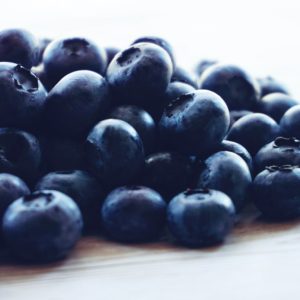Maple Syrup
Canada produces 71 percent of the world’s maple syrup, boasting a production increase of 145% over the last decade. With forests brimming with majestic red, black and sugar maples, the country has just the right mix of cold spring nights and warm daytime temperatures to produce an abundance of the clear-coloured sap used to make maple syrup. Canada’s maple syrup producing regions are located in the provinces of Quebec, Ontario, New Brunswick and Nova Scotia.
Canada is the world’s largest exporter of maple products, with exports valued at $382 million in 2017, nearly the same value as in 2016 and up 35% over the last five years. Quebec accounted for nearly 97% of Canadian maple product exports. In 2017, 62% of Canadian exports went to the United States, 11% to Germany and 6% to Japan, with the other export destinations accounting for 21% of total exports.
Maple syrup has long been part of Canada’s cultural fabric. The country’s Aboriginal peoples taught the early settlers how to harvest sap and boil it to make maple syrup. Maple sugar was the first kind of sugar produced in eastern North America and remained the standard sweetener until 1875, when cane sugar became available. Now enjoyed in 58 countries around the world, Canadian maple syrup products range from traditional maple syrup to maple sugar, maple butter, maple water, maple candy and a full range of products containing maple syrup, such as cereals, yoghurts and more.
Quality maple sugar production is a source of great pride for Canadians –a true connection to nature. As maple trees grow, they accumulate starch, which converts into sugar during the spring thaw and mixes with the water absorbed through tree roots. Maple sap contains about 97 percent water, plus minerals, organic acids and maple taste precursors. It takes 40 litres of sap to make one litre of syrup. Canada’s maple syrup producers take great care to ensure the long term survival of their maple sugar bushes. They collect only enough sap for one to 1.5 litres of syrup from each tree – or less than one-tenth of the tree’s sugar. Collecting too much sap would rob trees of nourishment. Canada’s producers are committed to safeguarding the health and longevity of their trees.
Historically, sap was collected in buckets and then poured into a large gathering tank that was pulled by a team of horses or a tractor to the evaporator house. In the early 1970s, the industry was reborn when scientists developed new gathering and production methods. Today, producers use tubing systems, reverse osmosis and high-performance evaporators, all of which have made the industry significantly more efficient. In fact, Canada boasts some of the most innovative systems in maple production in the world.
The safety and quality of Canadian maple syrup is monitored by the Canadian Food Inspection Agency (CFIA), which ensures producers meet high federal standards. The CFIA is also responsible for the federal classification of maple syrup within the following categories:
- Golden (Extra Light) Delicate Taste
- Amber (Light, Medium) Rich Taste
- Dark (Medium, Amber, Dark) Robust Taste
- Very Dark (Dark) Strong Taste



